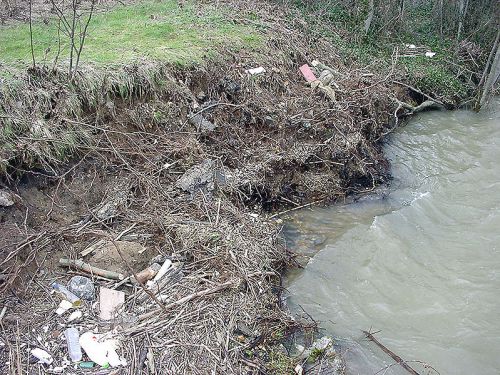
This behavior seeks to interfere with work relationships by influencing how coworkers or supervisors view the victim.It's done on purpose and with a negative goal in mind. That same study considers social undermining a form of workplace aggression and identifies three main distinguishing factors, namely: Someone intentionally giving you false information about a task you're doing so you miss a deadline.Someone purposely withholding information you need to do work.Someone competing with you in order to gain status or prominence over you.Someone badmouthing your work or reputation.

There are many negative social consequences to excellent performance in the workplace.Ī study in the Journal of Organizational Behaviour defines social undermining as behavior intended to hinder a worker's success, reputation, and positive relationships over time. Whatever form it takes though, the results are the same: High-performing individuals sometimes have to endure negative backlash - even social undermining - from their peers because of their work ethic. In other countries, you're more likely to hear expressions such as the familiar, "Stop making the rest of us look bad."

Somehow coworkers take any opportunity to undermine your achievements by knocking you down a peg with their comments or actions.Īnd you thought your colleagues were the best mates ever.Īustralians have an informal phrase to describe this phenomenon - tall poppy syndrome - the disparagement of someone who's risen to a level that's higher than the other poppies in the same field. As a result, your quotas and goals have been reached and decimated.īut then suddenly, you discover nasty rumors about you brown-nosing a supervisor or supposedly working your way up the ladder using unsavory tactics. Your tasks are done, your projects successful. You're at the top of your game in the office. If you look for a plural word, use a singular word.It's probably happened to you more times than you'd care to remember. The ASL signs for French and France are the same. Likewise, if you look for an adjective word, try the noun or vice versa. If you look for "said", look up the word "say". For search in the dictionary, use the present-time verbs and base words. For plurals, verb inflections, word order, etc., learn grammar in the "ASL Learn" section. Video speed: Signing too fast in the videos? See HELP in the footer.ĪSL has its own grammar and structure in sentences that works differently from English. Browsing all the way down to the next search box is highly recommended.

There are several signs for different meanings, contexts, and/or variations.

Videos: The first video may be NOT the answer you're looking for. If you don't find a word/sign, you can send your request (only if a single link doesn't show in the result). :)Īdd a Word: This dictionary is not exhaustive ASL signs are constantly added to the dictionary. If you cannot find (perhaps overlook) a word but you can still see a list of links, then keep looking until the links disappear! Sharpening your eye or maybe refine your alphabetical index skill. "to", "he", etc.) to narrow down the words and pages in the list.įor best result, enter a short word in the search box, then select the alphetical letter (and page number if needed), and click on the blue link.ĭon't forget to click "All" back when you search another word with a different initial letter. For best result, enter a partial word to see variations of the word.Īlphabetical letters: It's useful for 1) a single-letter word (such as A, B, etc.) and 2) very short words (e.g. Click on the blue link to look up the word. Search/Filter: Enter a keyword in the filter/search box to see a list of available words with the "All" selection.


 0 kommentar(er)
0 kommentar(er)
